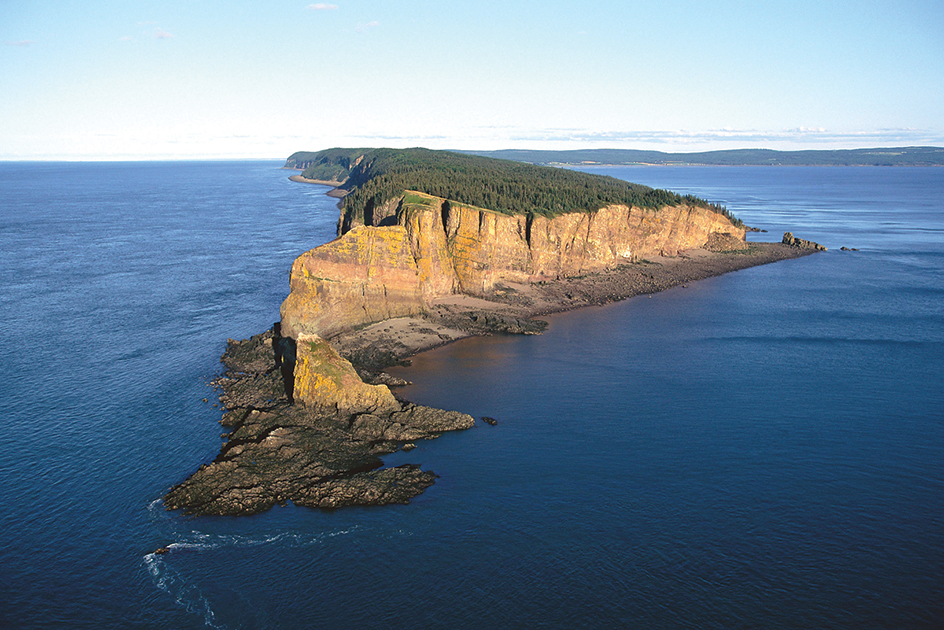Cape is a body of land that extends prominently into a lake, sea, or ocean. Capes often form at the tips of islands and continents and are also called headlands, promontories, or points. The water surrounding capes is often rough, making navigation difficult.

Capes are formed in two chief ways—by erosion and by the build-up of sediment, tiny bits of sand, gravel, and other materials. Erosion forms a cape as waves and currents wash away parts of the coast. More resistant land, such as volcanic rock, remains and forms a cape. Heceta Head and Cape Foulweather, both on the Oregon coast, are examples of capes that were formed by erosion.
Capes that are created by sediment deposits form when currents and waves dump sandy materials or gravel in coastal waters or onto sandbars. These deposits eventually form a body of land. Cape Canaveral in Florida is an example of a cape created this way.
Some capes, such as Cape Cod in Massachusetts, are shaped by both erosion and sediment deposit. Erosion has left a line of cliffs along the Atlantic coast of Cape Cod. Along Cape Cod Bay, however, deposits have built up sandy beaches and extended the cape to the north.
